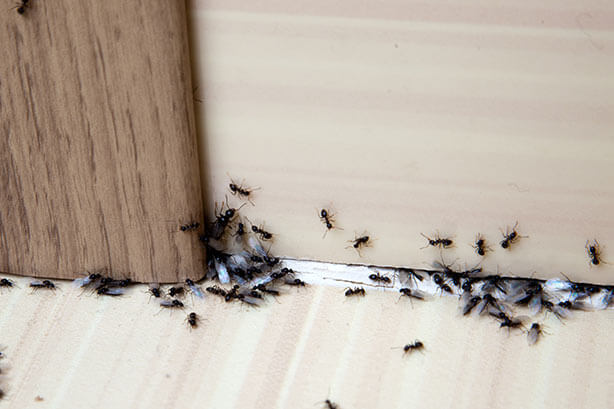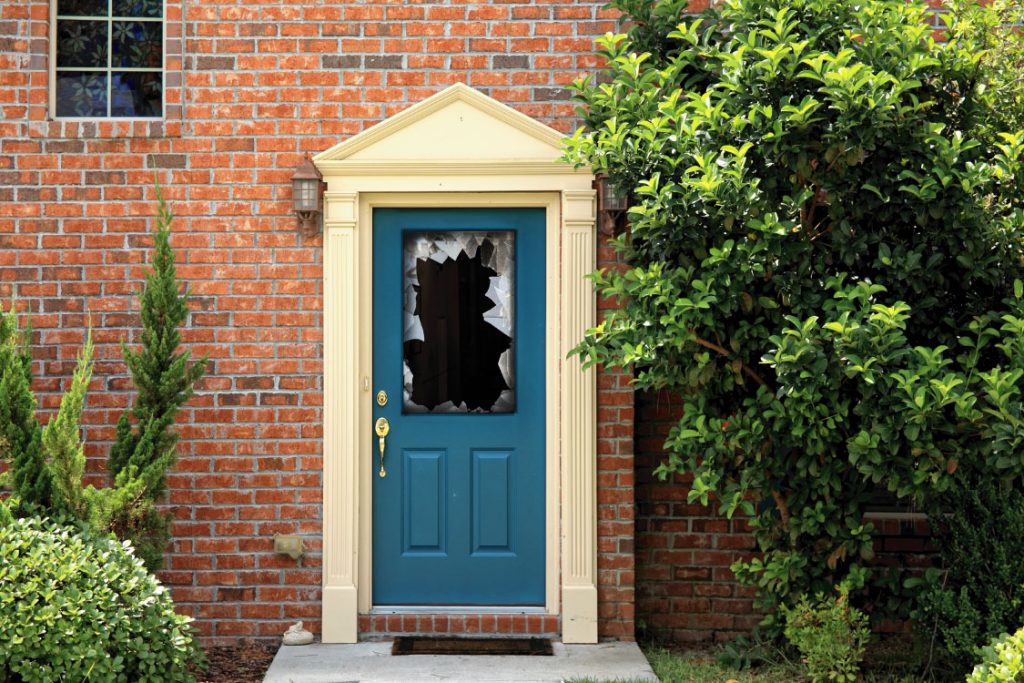Battling a pest infestation can be undeniably daunting and frustrating, to say the least. And because there are so many types of household pests out there and so many hiding places freely available in your home, keeping pests at bay can be equally as tricky as removing an infestation.
However, you can effectively rid the entire concern of household pests from your everyday life simply by relying on an expert pest control service. Although, because some pest control services use harsh and toxic chemicals that can be a health hazard for your family and even your beloved pets, you should only consider services that are eco-friendly, such as Biotechtermiteandpest.com and others.
That said, if you’re wondering where pests are most inclined to hide in your home, we’ve listed the most common areas.
The Ceiling
The ceiling is a favored place for specific pests such as spiders and even roaches. Because we don’t often clean up there, pests find it the ideal place to hang around without having to worry about their nests being destroyed.
Cleaning your ceiling is the most effective way to keep spiders out of your home. And if you notice any tiny holes in the ceiling, you should seal them up to prevent spiders and roaches from nesting inside the roof.
Inside Furniture
Another commonplace for household pests to hide is your furniture. And more specifically, fabric furniture such as sofas and mattresses. The most common pests to find here include bed bugs and fleas.
Unfortunately, bed bugs are challenging to identify, and they can be exceptionally tricky to get rid of as well. You’ll notice bed bug infestations from the bites they leave. The best bet is to have your furniture steam cleaned regularly and to rely on a pest control service to ensure you can rid your home of any active infestations.
In some cases, when bed bug infestations are extreme, you might have to get rid of your furniture as the corpses of bugs can be trapped inside during fumigations, and this is a health hazard on its own.
Within Clutter
Clutter is yet another favored spot for all kinds of household pests to hide within. Unfortunately, the more clutter in your home, the more places for pests to nest and infest.
The only solution here will be to clear your home of any cluttered spaces. You can do this by adding more storage, organizing your home, and throwing out, selling, or donating things you no longer need that are just lying around and gathering dust.
There are several benefits to living in a clean environment that is free of clutter. These include reduced anxiety, heightening focus, and even an improved sense of calmness and wellbeing.
Around Baseboards And Moldings
Moldings and baseboards are all around your home, and they can become damaged over time due to general wear and tear. What’s more, termites can eat through these, and so can rats and mice.
If your moldings and baseboards become damaged, pests will find these spots most welcoming, and they will nest. The best approach is to inspect your home’s moldings and baseboards from time to time to ensure no visible damage.
If necessary, you should repair or replace damaged areas and ensure no pests have made a home in these areas. And if they have, then you should consult a pest control service before replacing or repairing the damaged areas.
In Your Closets
If your closet is always well organized, neat, and tidy, then you shouldn’t experience much of a pest risk in this area of your home. On the other hand, if you aren’t too precise about keeping your wardrobe organized, pests will nest in your closet.
While you should organize your closets and keep them free of clutter build-up, you can also consider repellent products for closet areas, such as moth baths and others. These will prevent pests from nesting in your wardrobe and potentially destroying your clothing or bed sheets.
Inside Wall Cracks
Wall cracks are pretty unsightly, and even if they aren’t a structural concern, they can still be a pest infestation concern. Most pests love crawling into the smallest of spaces to make a home, which is why wall cracks are so ideal for them.
The best approach here is to patch up wall cracks with plaster as soon as you notice them forming. Once again, before you patch up the area, you should investigate the area to be sure that no pests have already made a home in your walls.
Household pests hide in several spots around the home, and finding them can be pretty tricky. So, if you are concerned about pests, you should consult a professional service to install prevention measures or remove an active infestation.






